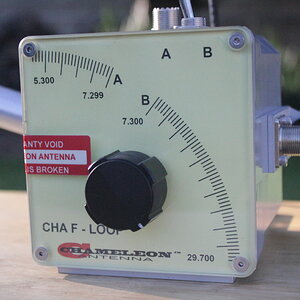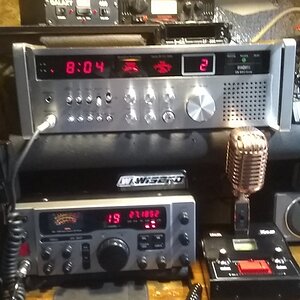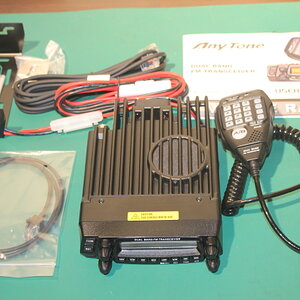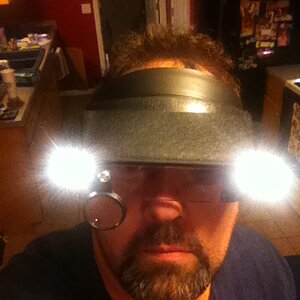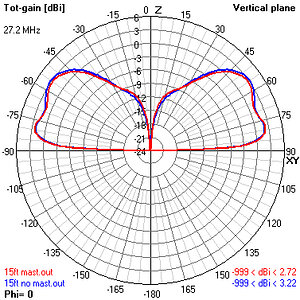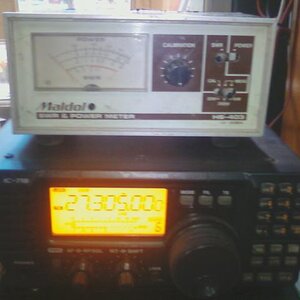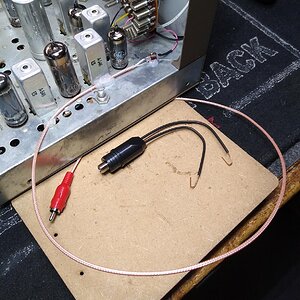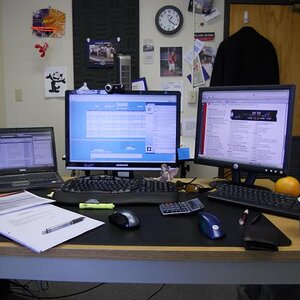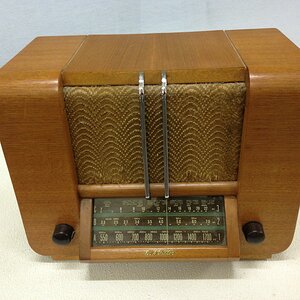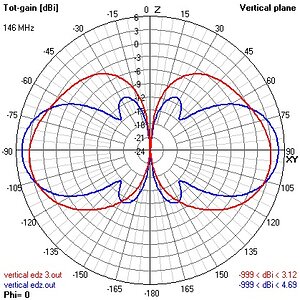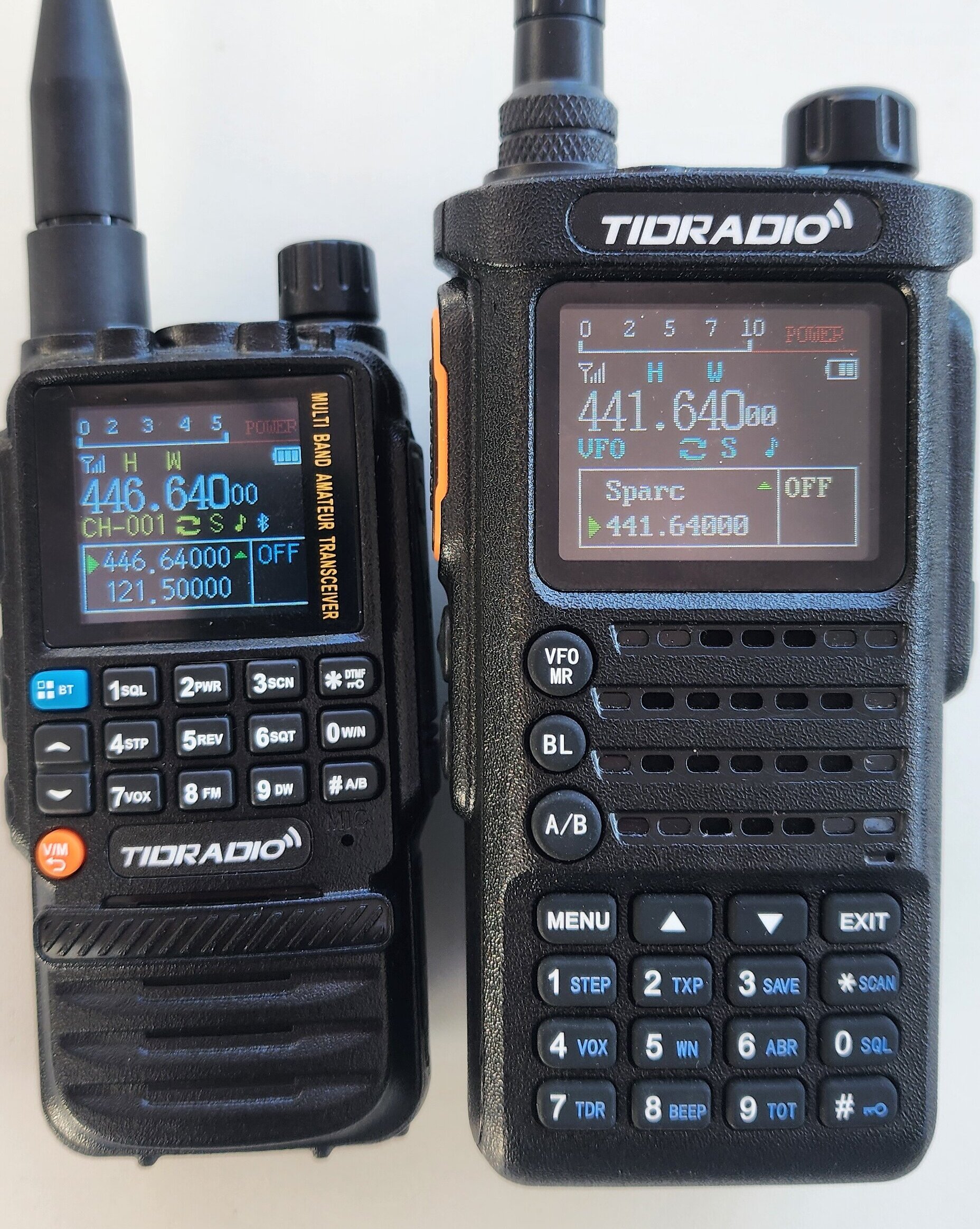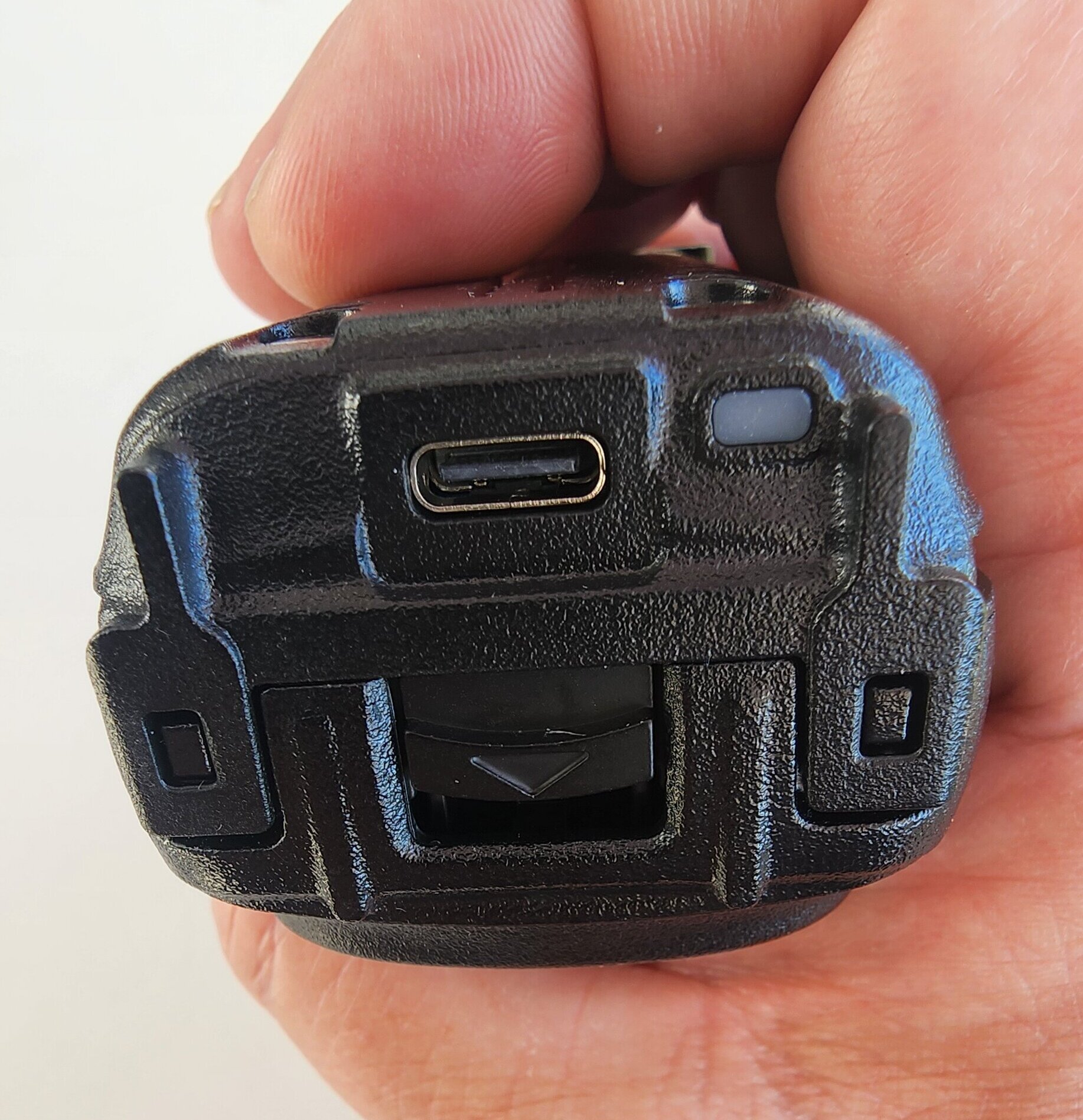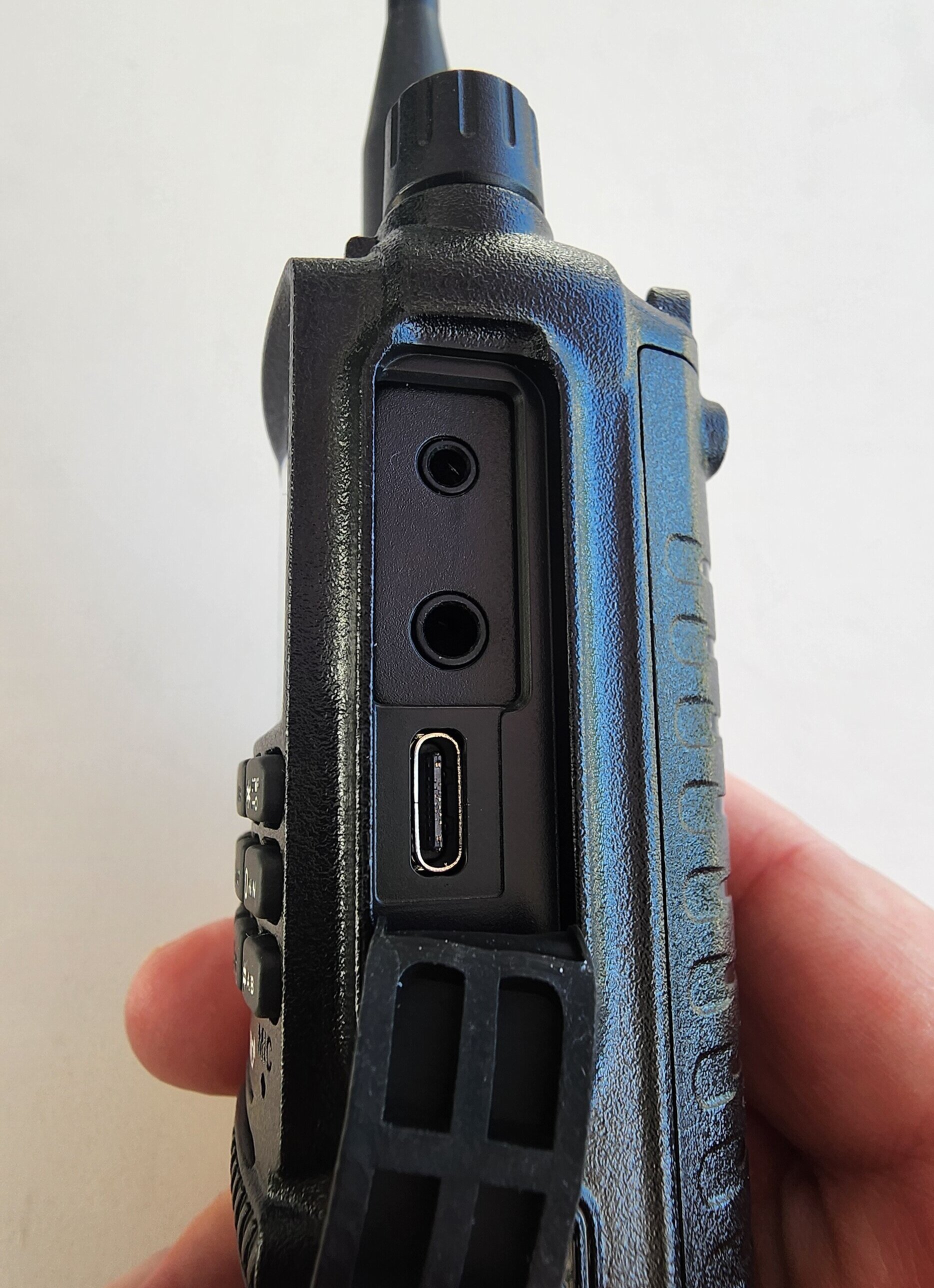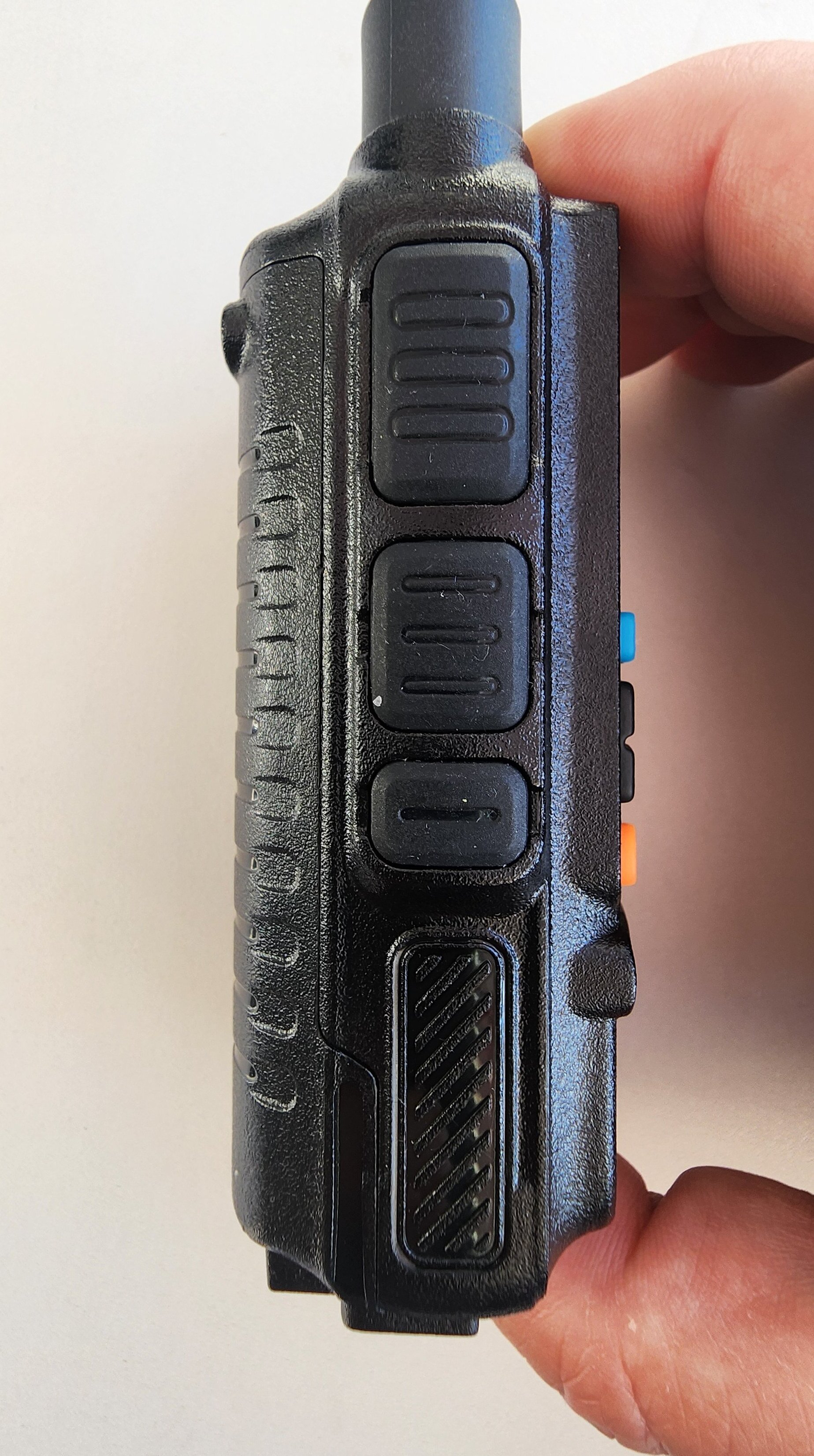Thank you to Retevis, who has donated Ailunce HA1G GMRS handheld radios as prizes for our first monthly contest!

Here are the details on how you can win either a pair of HA1G radios or a single HA1G:
First Place on "likes" is a pair of HA1G GMRS radios. Second place is a single HA1G GMRS radio. Good luck and let's see some photos!
Here are the details on how you can win either a pair of HA1G radios or a single HA1G:
- You must be a Premium Member to enter in the contest but everyone can participate in deciding the winner. Premium Members are those who donate to this site to help fund it; this is a small "thank you" to all of those who have done so for years. The details for premium membership is here: https://www.worldwidedx.com/account/upgrades
- To enter the monthly contest, reply to this thread and attach one photo of a radio activity that you participated in. It can be Ham, CB, Commercial, homebrew, a site you visited; it doesn't matter. You don't have to show your face in the photo, but it must be your own picture. It can be from any time period.
- Site Admins will use Microsoft CoPilot AI to ensure that image has not been lifted from another website. If you have posted the photo on another site or social media, you need to say so in your post to avoid being disqualified. This rule is to ensure that people don't steal photos in an effort to win.
- The community votes on their favorite picture by "Liking" the post. At the end of the month the person with the most "likes" wins first prize.
- By participating in this contest, you are also agreeing to post a written review of the product with photos on this website. This does not have to be a lengthy post, but we want your opinion on the product!
- Please post on your socials (facebook, instagram, tiktok, truthsocial, X), including this link to the product. Please also reference worldwidedx.com in some way to let people know where you got the radio. An example is, "If you'd like to win a free radio, click here for details" (linking to this site section)
- The winner has 30 days to post their review article or risk being invoiced for the current sales price of the radio on Amazon.
First Place on "likes" is a pair of HA1G GMRS radios. Second place is a single HA1G GMRS radio. Good luck and let's see some photos!


